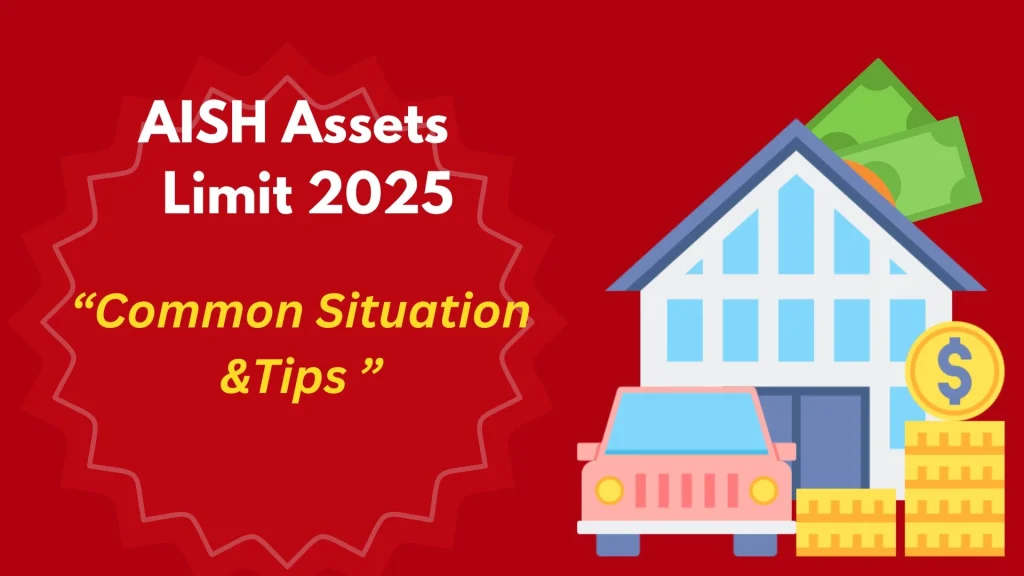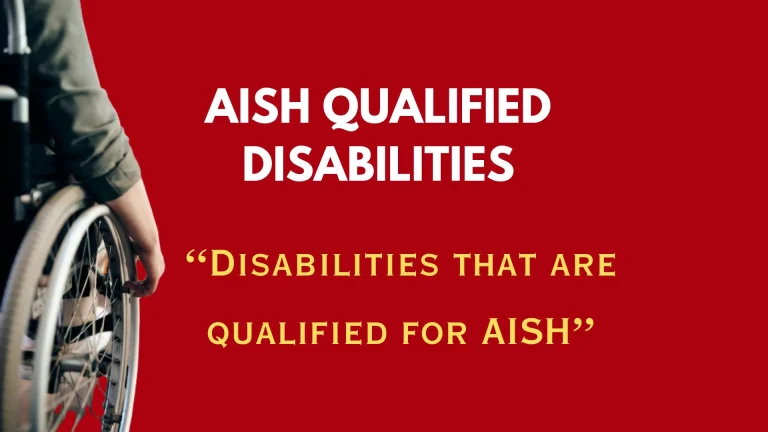AISH Asset Limit 2025 | Rules, Exemptions & Eligibility in Alberta
The Assured Income for the Severely Handicapped (AISH) program in Alberta, Canada, provides financial and health benefits to individuals with permanent disabilities. A key part of AISH eligibility is following specific asset limits introduced to allocate resources properly. AISH payment dates are scheduled four business days before the start of each month.

What are AISH Assets Limit?
Under the AISH program, assets are categorized as:
- Exempt assets
- non-exempt assets
The maximum nonexempt allowable assets limit is $100,000 for an applicant or recipient and their cohabiting partner. If the non-exempt assets cross the maximum assets limit, the individual will be ineligible for AISH benefits.
This limit ensures that the program supports individuals with genuine financial need.
AISH Exempt Assets
Exempt assets are not counted toward the $100,000 limit and include:
Know More about OFFicial AISH Disabilities List Complete Alberta Guide 2025
Non-Exempt Assets
Non-exempt assets are counted toward the $100,000 limit and include:
What to Do If You Get Extra Money (Inheritance or Gift)
AISH provides a 365-day grace period to invest money received from inheritances, gifts, or windfalls into exempt assets. If the funds are not invested within this period, they will be considered non-exempt and count toward the $100,000 asset limit.
Use the funds to purchase exempt assets such as:
Tips to Manage AISH Assets Limit
Here are important notes about managing AISH and ODSP asset limits and eligibility:
1. Asset Limits:
- AISH (Alberta): Non-exempt assets must not exceed $100,000. Exempt assets include a primary residence, one vehicle, RDSPs, and trusts.
- ODSP (Ontario): Non-exempt assets must not exceed $40,000 for singles and $50,000 for couples. Exempt assets include a primary residence, one vehicle, RDSPs, and Henson Trusts.
2. Temporary Asset Exemption:
- AISH provides a 365-day grace period to invest lump sums like inheritances or gifts into exempt assets. If not used within this time, the funds count as non-exempt assets.
- ODSP allows lump sums to be placed in exempt options like RDSPs or trusts to maintain eligibility.
3. Income Reporting:
- Both programs require reporting all income sources promptly. Some income types are exempt (e.g., tax refunds, child income), while others may reduce benefits.
4. Employment:
- Recipients can work while on AISH or ODSP but must stay within income exemption limits to avoid benefit reductions.
5. Financial Planning:
- Use exempt tools like RDSPs or trusts to safeguard funds. Seek advice from professionals experienced in disability benefits to ensure compliance.
6. Changes in Circumstances:
- Always report changes in income, assets, health status, or living arrangements to avoid penalties or loss of benefits.
By understanding these rules and exemptions, recipients can maintain their benefits while managing their finances effectively.
Conclusion
AISH payment limits ensure support is provided to those in genuine need. Recipients must keep non-exempt assets below $100,000 and report any financial changes promptly. By using exempt options like RDSPs, trusts, or a primary residence, recipients can protect their benefits while managing their finances effectively.




